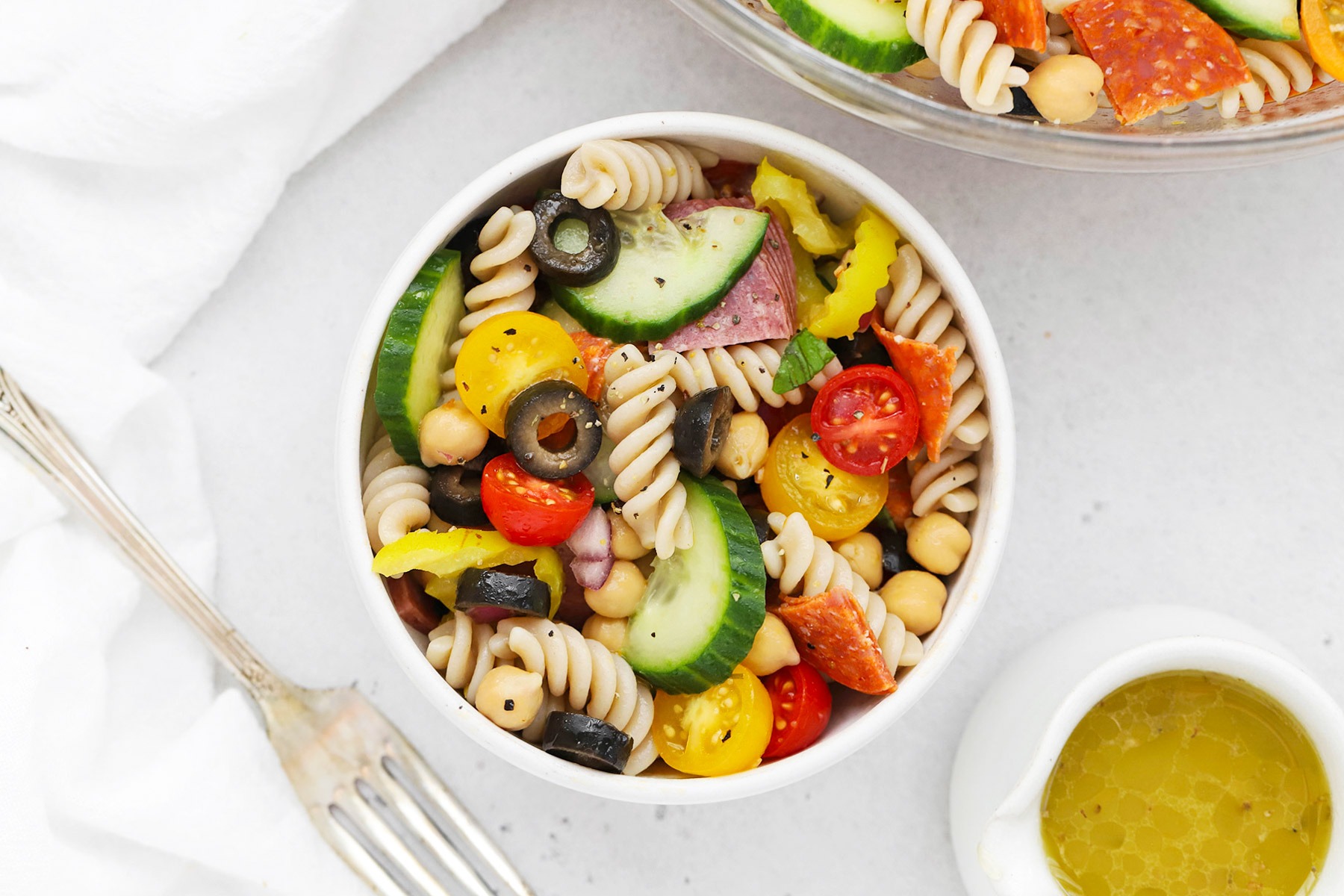Eating gluten-free doesn’t mean sacrificing flavor or satisfaction—especially when it comes to salads. While many think of salads as a light side dish, a carefully designed gluten-free salad can be a nutrient-dense, protein-packed meal that fuels your body and satisfies your appetite.
Whether you’re following a gluten-free diet due to celiac disease, gluten sensitivity, or personal wellness goals, these gluten-free salads deliver balance, taste, and nourishment—all without leaving you hungry an hour later.
Why Choose Gluten-Free Salads as a Meal?
For people diagnosed with celiac disease, consuming gluten (a protein found in wheat, barley, and rye) can trigger an autoimmune response that damages the small intestine. Even for individuals without celiac disease, gluten sensitivity may cause bloating, fatigue, or digestive discomfort, according to the Celiac Disease Foundation.
Salads, when crafted with the right balance of macronutrients (proteins, healthy fats, and complex carbs), can provide a complete meal that supports digestion, energy levels, and long-term health.
Let’s explore six hearty, gluten-free salads that feel like a main course—and taste as good as they look.
1. Grilled Chicken and Avocado Protein Bowl
Ingredients:
- Grilled chicken breast (sliced)
- Fresh avocado (cubed)
- Cherry tomatoes (halved)
- Red onion (thinly sliced)
- Black beans (rinsed and drained)
- Crumbled feta cheese
- Olive oil, fresh lime juice, and cumin for dressing
Why It Works:
This salad offers a great mix of lean protein (chicken), fiber and antioxidants (black beans and tomatoes), and healthy fats (avocado and olive oil). According to the Harvard T.H. Chan School of Public Health, meals rich in unsaturated fats and protein help maintain satiety and support heart health.

2. Quinoa and Roasted Vegetable Salad
Ingredients:
- Cooked quinoa (gluten-free and high in protein)
- Roasted zucchini, bell peppers, and eggplant
- Spinach or kale
- Pumpkin seeds or sunflower seeds
- Lemon-tahini dressing
Why It Works:
Quinoa is naturally gluten-free and contains all nine essential amino acids, making it a complete protein source, ideal for plant-based diets. Roasted vegetables add fiber, while tahini provides calcium and iron.
Cleveland Clinic experts highlight quinoa as a top grain alternative for gluten-free diets because of its nutrient profile and versatility.
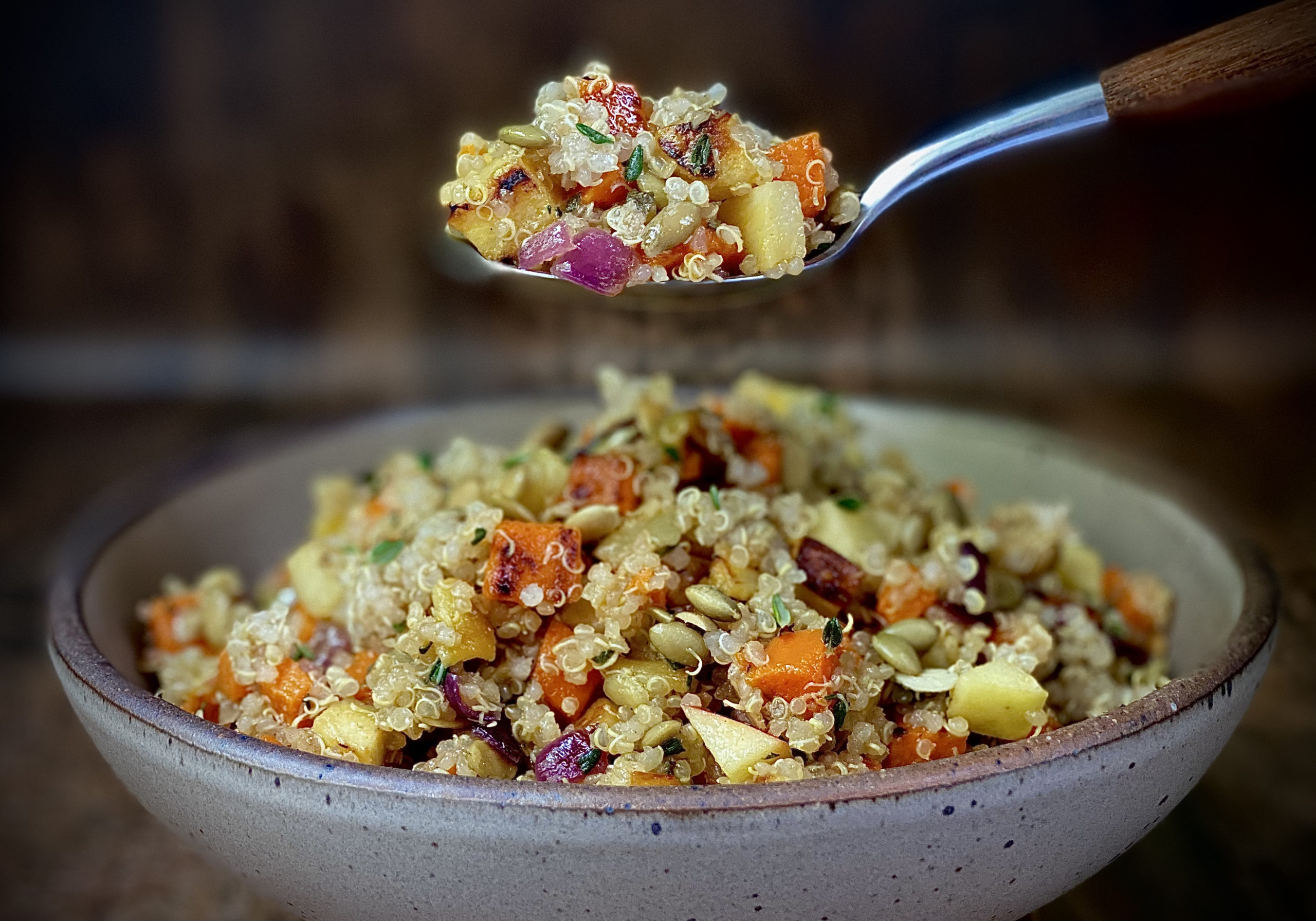
3. Salmon and Arugula Citrus Salad
Ingredients:
- Baked or grilled wild salmon
- Arugula or mixed greens
- Orange segments or grapefruit slices
- Sliced almonds or walnuts
- Olive oil and citrus vinaigrette
Why It Works:
Omega-3-rich salmon promotes heart and brain health, and citrus fruits boost vitamin C intake. Arugula offers a peppery flavor and is high in nitrates, which may help regulate blood pressure, according to NIH-backed studies.
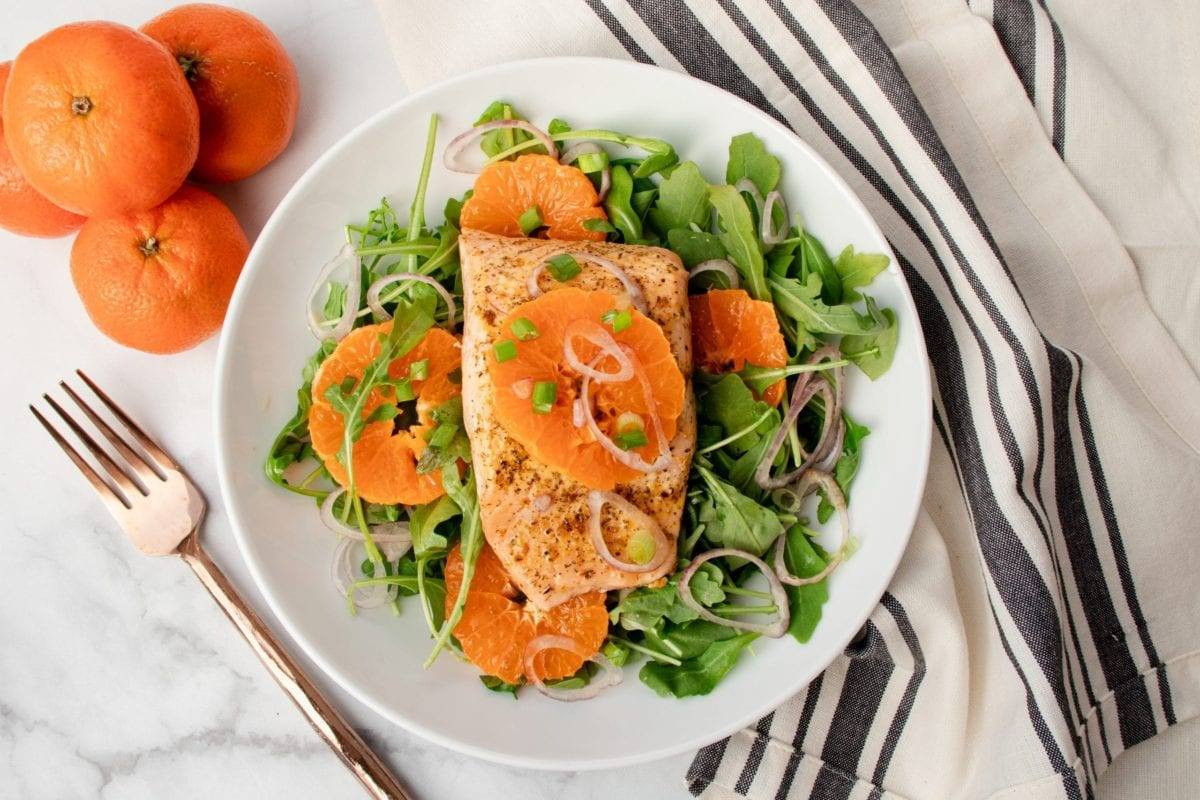
4. Mediterranean Chickpea Salad
Ingredients:
- Chickpeas (garbanzo beans)
- Cucumber (diced)
- Kalamata olives
- Cherry tomatoes
- Red onion
- Parsley and fresh mint
- Olive oil, lemon juice, and oregano
Why It Works:
Chickpeas are loaded with plant-based protein and dietary fiber, helping support digestion and satiety. This salad is Mediterranean-diet inspired, a style of eating linked to lower rates of chronic disease in multiple studies published by the National Institutes of Health.
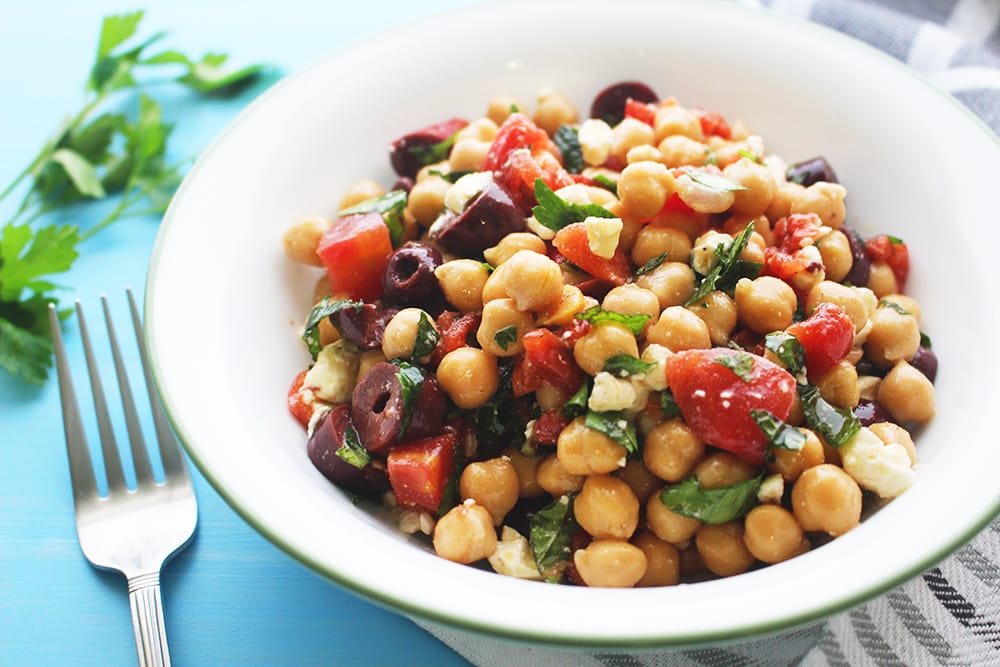
5. Steak and Sweet Potato Power Bowl
Ingredients:
- Grilled sirloin steak (sliced thinly)
- Roasted sweet potato cubes
- Baby spinach or mixed greens
- Sliced avocado
- Toasted pumpkin seeds
- Balsamic vinaigrette
Why It Works:
Iron-rich red meat supports energy levels and oxygen transport, especially important for individuals with iron deficiencies. Sweet potatoes are an excellent source of beta carotene and slow-digesting carbs, according to Mayo Clinic research, making this bowl both energizing and balanced.
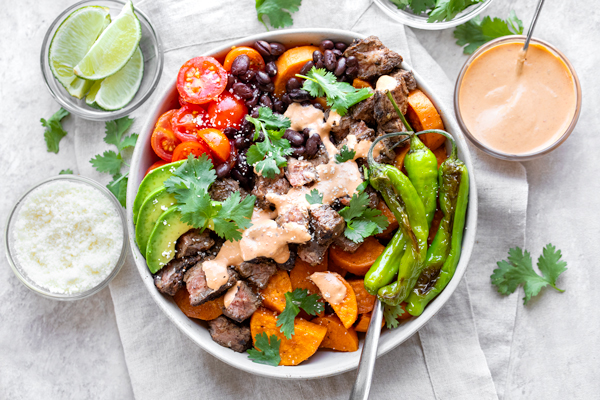
6. Thai-Inspired Peanut Chicken Salad (Gluten-Free Version)
Ingredients:
- Shredded rotisserie chicken or grilled chicken
- Shredded cabbage and carrots
- Chopped cilantro and green onions
- Gluten-free rice noodles or zucchini noodles
- Crushed peanuts (optional)
- Gluten-free peanut-lime dressing (using tamari instead of soy sauce)
Why It Works:
This salad brings big flavor with a balance of protein, crunch, and spice. Using tamari—a gluten-free soy sauce alternative—ensures the dish is celiac-friendly without compromising taste.
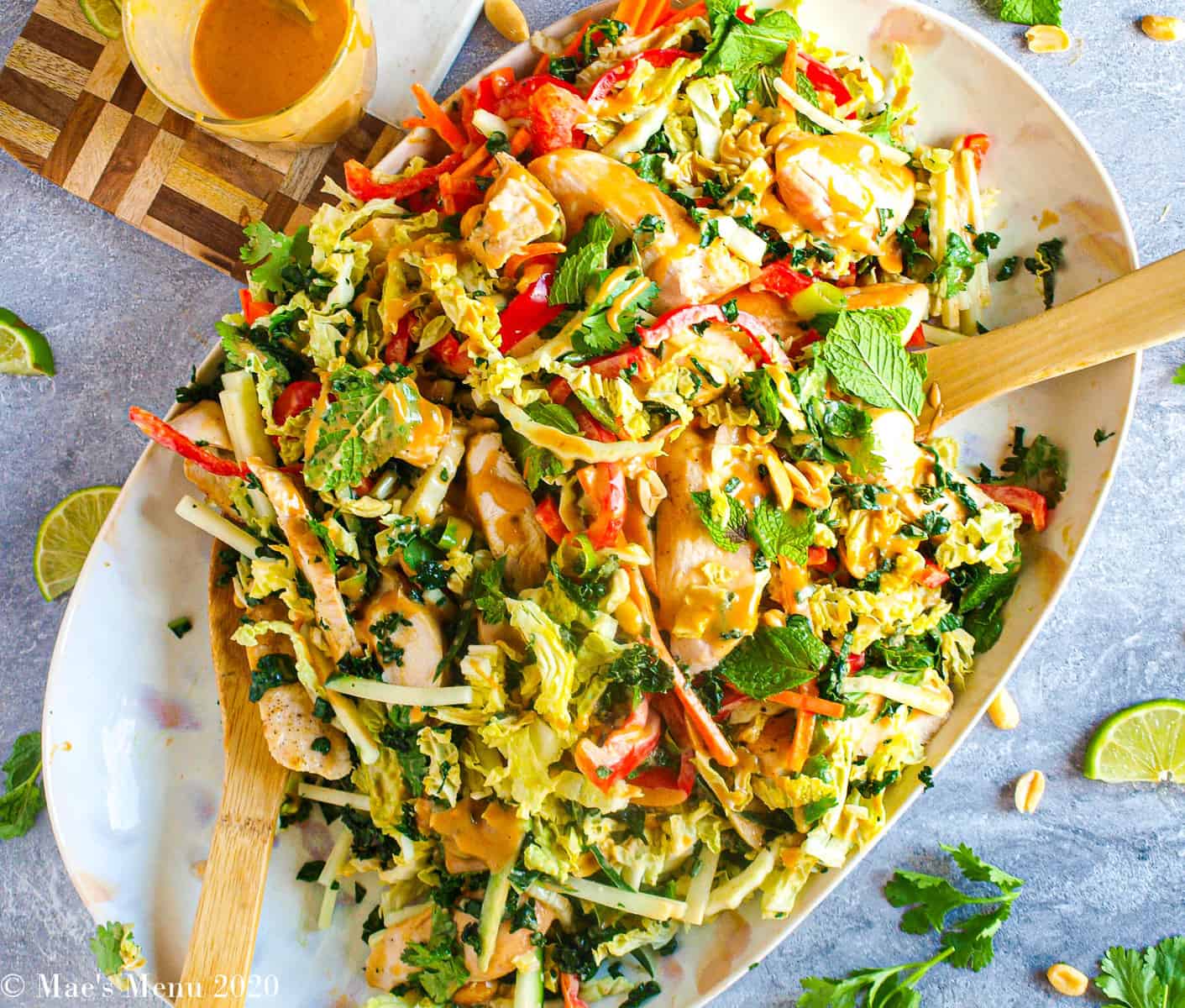
How to Build a Filling Gluten-Free Salad
To ensure your salad keeps you full and provides sustained energy, nutritionists recommend following the “balanced bowl” approach:
1. Protein (chicken, eggs, tofu, beans, lentils, salmon, steak)
Builds muscle, supports metabolism, and boosts satiety.
2. Healthy Fats (avocado, olive oil, seeds, nuts)
Essential for nutrient absorption and hormonal balance.
3. Fiber-Rich Vegetables (leafy greens, cucumbers, carrots, bell peppers)
Support digestion and keep blood sugar stable.
4. Complex Carbohydrates (quinoa, sweet potato, corn, beans)
Offer long-lasting energy and prevent energy crashes.
Gluten-Free Salad Dressings: What to Watch For
Many commercial salad dressings contain gluten, especially if they include additives like soy sauce, malt vinegar, or thickeners. Always check the label or make your own gluten-free dressing using:
- Extra virgin olive oil
- Fresh lemon or lime juice
- Balsamic or apple cider vinegar
- Dijon mustard (gluten-free labeled)
- Honey or maple syrup for sweetness
- Herbs and spices for flavor
Final Thoughts
Gluten-free eating doesn’t have to be limiting—especially when it comes to salads. With the right ingredients and nutrient balance, these meals can be deeply satisfying, energizing, and easy to prepare. Whether you’re managing celiac disease, embracing a gluten-free lifestyle, or just looking to eat more whole foods, these hearty salad options offer taste without compromise.
